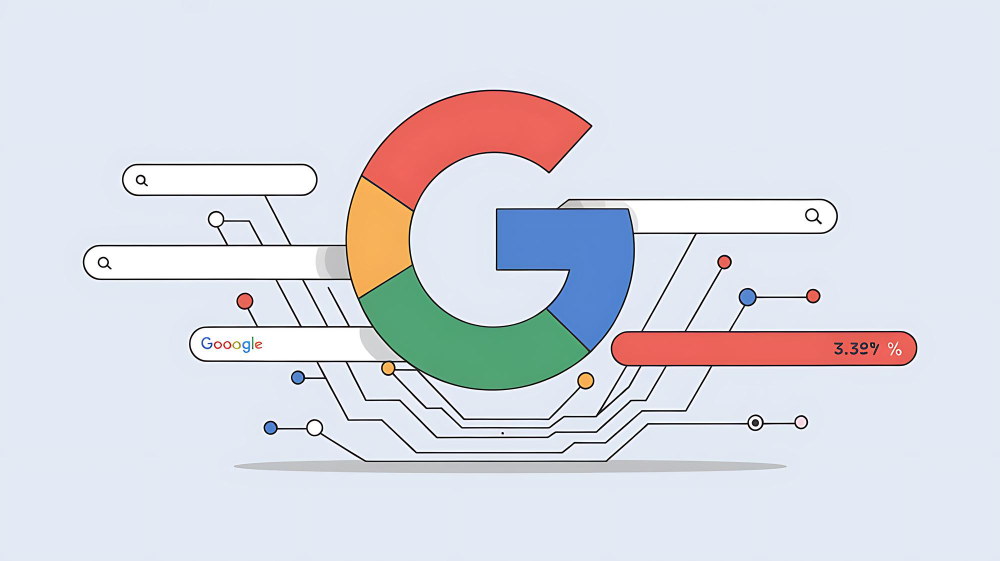Artificial Intelligence (AI) has rapidly transformed from an emerging technology into a vital component of business strategy. With a variety of AI models available, understanding their strengths, weaknesses, and applications is crucial for business decision-makers. In this blog post, we will explore some of the leading AI models currently available, including OpenAI’s ChatGPT, Anthropic’s Claude, Google’s Gemini, Meta’s LLaMA, Mistral, Perplexity AI, and others. We will examine their capabilities and provide examples of how businesses can leverage these technologies effectively.
Blog Shortcuts: ChatGPT | Anthropic Claude | Google Gemini | Microsoft Copilot | Meta AI | Mistral AI | Perplexity AI
1. OpenAI ChatGPT

Overview: ChatGPT is a conversational AI model developed by OpenAI, designed for natural language understanding and generation. It can engage in human-like dialogue, answer questions, and provide information on a wide range of topics.
Link: ChatGPT
Strengths:
- Human-Like Interaction: ChatGPT excels at generating coherent and contextually relevant responses, making it ideal for customer support and engagement.
- Versatility: It can be fine-tuned for various applications, including content creation, brainstorming ideas, and even coding assistance.
Weaknesses:
- Context Limitations: While capable of understanding context to an extent, it may struggle with maintaining context over long conversations.
- Inaccuracies: ChatGPT occasionally generates incorrect or misleading information, highlighting the need for human oversight.
Example Use Case: A customer support team using ChatGPT to automate responses to frequently asked questions, improving response times and freeing human agents to handle more complex inquiries.
2. Anthropic Claude

Overview: Claude is a family of AI models developed by Anthropic, focusing on safety and alignment in AI systems. Claude is designed to assist users while prioritizing ethical considerations and reducing harmful outputs.
Link: Anthropic Claude
Strengths:
- Safety Features: Claude incorporates principles of AI alignment, aiming to minimize risks associated with harmful or biased content.
- User-Centric Design: This model is designed to be more interpretable and responsive to user intentions.
Weaknesses:
- Performance Variability: While Claude aims for safety, it may sacrifice some performance in generating creative or bold responses compared to other models.
- Limited Knowledge Base: Depending on the version used, Claude may have restrictions on certain topics or types of content.
Example Use Case: A corporate training program using Claude to develop interactive training modules that engage employees while ensuring compliance with company values and safety standards.
3. Google Gemini

Overview: Google Gemini is a suite of AI models that combines capabilities from various AI technologies, including natural language processing and computer vision. It is designed to provide comprehensive solutions across multiple domains.
Link: Google Gemini
Strengths:
- Multi-Modal Capabilities: Gemini can handle both text and visual data, allowing it to be used in more complex applications such as image recognition coupled with natural language processing.
- Integration with Google Services: Seamless integration with Google Workspace tools enhances productivity for users familiar with the ecosystem.
Weaknesses:
- Complexity: The multi-modal approach may require more computational resources and expertise to implement effectively.
- Dependence on Google Infrastructure: Organizations may need to rely on Google’s cloud infrastructure, which could be a drawback for businesses preferring on-premises solutions.
Example Use Case: A marketing agency leveraging Google Gemini for a campaign that analyzes customer images shared on social media while generating tailored responses based on textual feedback.
4. Microsoft Copilot

Overview: Microsoft Copilot integrates AI into Microsoft Office applications like Word, Excel, and Outlook. It facilitates enhanced productivity by assisting users in various tasks through intelligent suggestions.
Link: Microsoft Copilot
Strengths:
- Seamless Integration: Copilot works within familiar Microsoft applications, making it easy for users to adopt without extensive training.
- Task Automation: It automates mundane tasks such as data entry or report generation, allowing employees to focus on strategic initiatives.
Weaknesses:
- Limited Functionality Outside Microsoft Ecosystem: While powerful within its applications, Copilot’s capabilities are less effective outside of the Microsoft environment.
- Potential Over-Reliance: Users may become overly reliant on the tool, impacting their ability to perform tasks independently.
Example Use Case: A project manager utilizing Microsoft Copilot in Excel to analyze project data and generate insightful reports with minimal effort.
5. Meta’s LLaMA (Large Language Model Meta AI)

Overview: LLaMA is Meta’s attempt at developing a powerful language model that prioritizes accessibility and research collaboration. It is designed to be smaller yet competitive with other large-scale models.
Link: Meta AI
Strengths:
- Open Access for Research: Meta provides access to LLaMA for research purposes, fostering innovation in AI development.
- Efficiency: Its smaller size compared to other large models allows for more efficient deployment without compromising performance significantly.
Weaknesses:
- Limited Commercial Applications: As an open-access model primarily for research, LLaMA might not have as many out-of-the-box commercial applications compared to proprietary models.
- Less Fine-Tuning Support: Businesses may find fewer resources or community support for fine-tuning LLaMA for specific needs.
Example Use Case: An academic institution using LLaMA for research projects that require advanced natural language processing capabilities while collaborating with other researchers in the field.
6. Mistral

Overview: Mistral is an open-weight language model focused on providing flexibility and usability across various applications. It aims to democratize access to advanced AI capabilities for developers and businesses alike.
Link: Mistral AI
Strengths:
- Open Weights: Mistral’s open weights allow developers to customize the model according to their needs without the need for proprietary licenses.
- Performance Efficiency: Designed for efficiency, Mistral can deliver high-quality outputs with lower resource consumption compared to some larger models.
Weaknesses:
- Community Support: Being relatively new, Mistral may have less community support and fewer resources compared to more established models like GPT or Claude.
- Niche Applications: Its effectiveness may vary depending on specific use cases; businesses should evaluate its performance against their requirements.
Example Use Case: A tech startup using Mistral to build a custom chatbot tailored for its unique customer service needs without incurring high licensing fees.
7. Perplexity AI

Overview: Perplexity AI is an innovative search engine that utilizes AI capabilities to deliver direct answers and insights based on user queries. It combines natural language processing with real-time data retrieval.
Link: Perplexity AI
Strengths:
- Immediate Responses: Perplexity AI provides direct answers to user queries rather than links to content, enhancing user experience.
- Real-Time Data Access: It can pull information from various sources in real-time, offering up-to-date insights on current events or specific topics.
Weaknesses:
- Limited Contextual Understanding: While effective at answering queries, its ability to engage in extended conversations or nuanced discussions is limited compared to conversational models like ChatGPT.
- Narrow Scope: The focus on search and direct answers may limit its applicability in broader conversational contexts or creative tasks.
Example Use Case: A research team using Perplexity AI as a tool for quickly gathering information on emerging trends within their industry during brainstorming sessions.
The Future of AI in Business
As AI continues to evolve, understanding the strengths and weaknesses of leading AI models is essential for business decision-makers. By leveraging these tools effectively, organizations can enhance productivity, improve customer engagement, and drive innovation.
For businesses looking to integrate AI into their strategies, it’s crucial to evaluate which model aligns best with their goals and requirements. Whether automating customer support with OpenAI’s ChatGPT or enhancing productivity with Microsoft Copilot, the right AI solution can provide a competitive edge in today’s fast-paced digital landscape.
By staying informed about the latest developments in AI technologies, business leaders can make strategic decisions that capitalize on the transformative power of artificial intelligence. Embracing these advancements will not only position companies as industry leaders but also foster a culture of innovation that drives success in the years to come.

